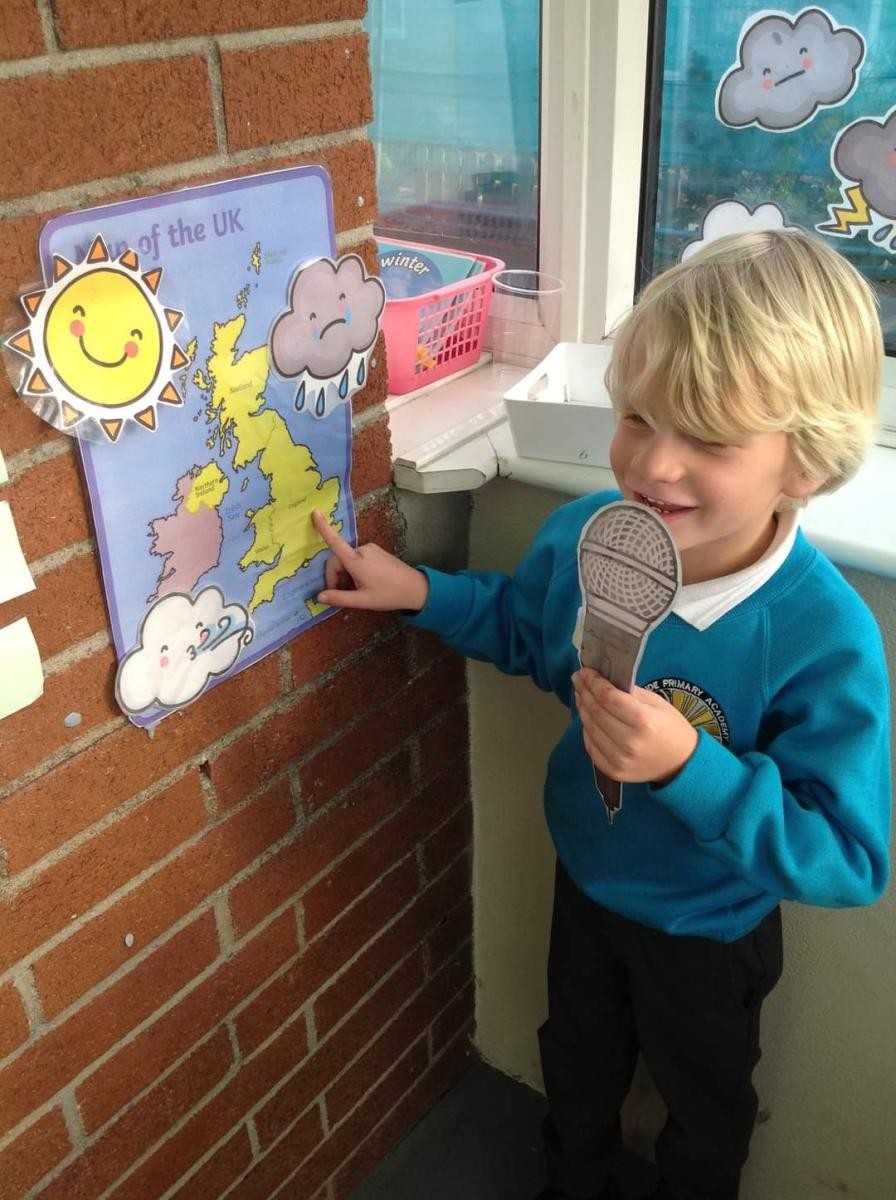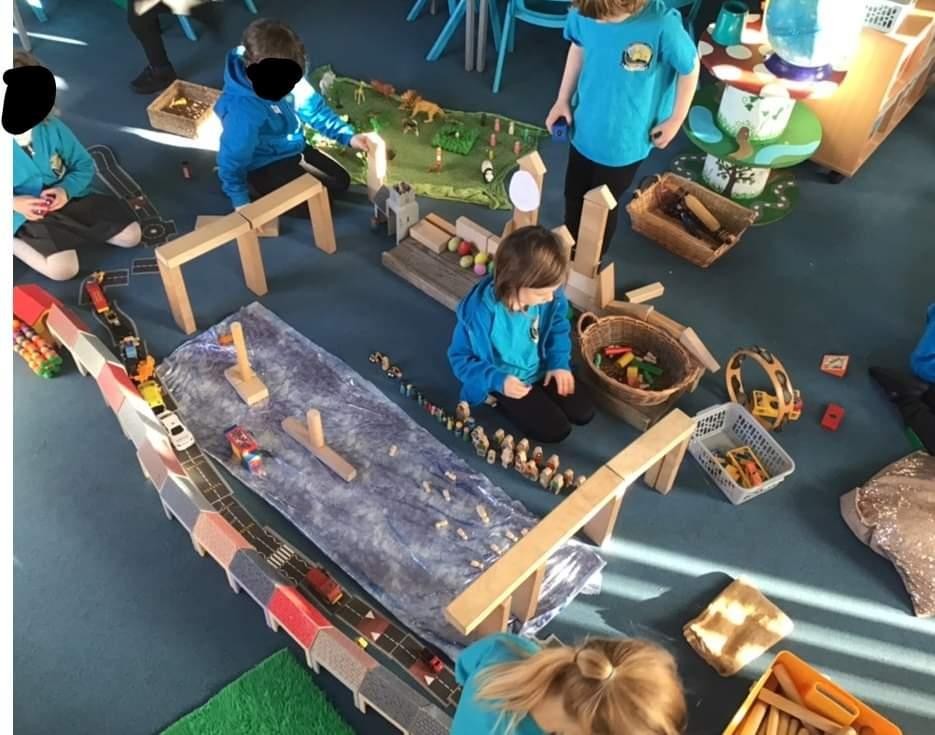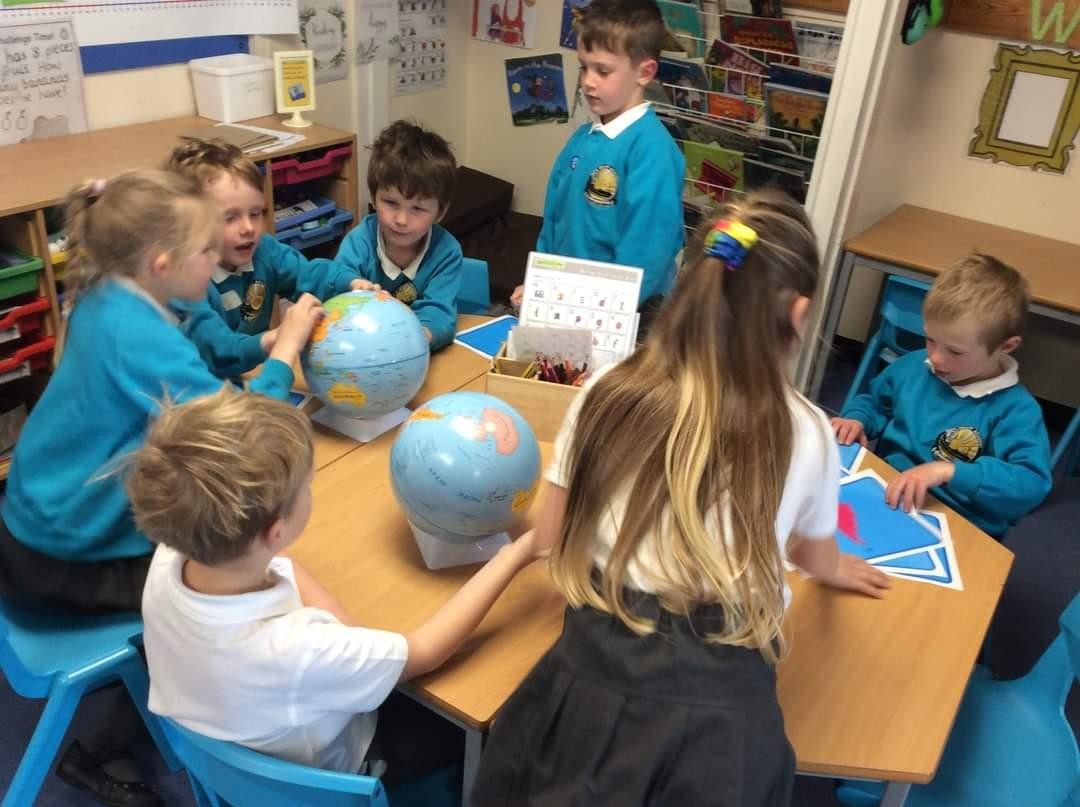In Geography, we inspire pupils with a curiosity and fascination about the world and its people. Pupils will gain knowledge about diverse places, people, resources, and natural and human environments, together with a deep understanding of the Earth’s key physical and human processes. We intend to develop children’s competency in geographical skills through the use of fieldwork, maps, diagrams, globes, and aerial photographs.
We use the "Starting with Me" continuum, where our youngest children first learn about geography by exploring the school and its grounds, and then move on to study the immediate surroundings. This approach ensures that children build a strong, personal connection to their learning environment, gradually expanding their knowledge and understanding of the world around them.
During their time at Bude Primary Academy Infants, our pupils will learn:
Locational knowledge: Name and locate the world’s seven continents and five oceans; name, locate, and identify characteristics of the four countries and capital cities of the United Kingdom and its surrounding seas.
Place knowledge: Understand geographical similarities and differences through studying the human and physical geography of a small area of the United Kingdom and of a small area in a contrasting non-European country.
Human and physical geography:
Identify seasonal and daily weather patterns in the United Kingdom and the location of hot and cold areas of the world in relation to the Equator and the North and South Poles.
Use basic geographical vocabulary to refer to key physical features, including: beach, cliff, coast, forest, hill, mountain, sea, ocean, river, soil, valley, vegetation, season, and weather.
Use basic geographical vocabulary to refer to key human features, including: city, town, village, factory, farm, house, office, port, harbour, and shop.
Geographical skills and fieldwork:
Use world maps, atlases, and globes to identify the United Kingdom and its countries, as well as the countries, continents, and oceans studied at this key stage.
Use simple compass directions (North, South, East, and West) and locational and directional language (e.g., near and far; left and right) to describe the location of features and routes on a map.
Use aerial photographs and plan perspectives to recognize landmarks and basic human and physical features; devise a simple map; and use and construct basic symbols in a key.
Use simple fieldwork and observational skills to study the geography of their school and its grounds and the key human and physical features of its surrounding environment.




